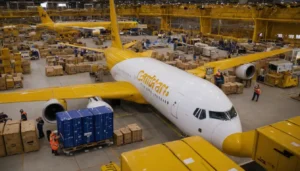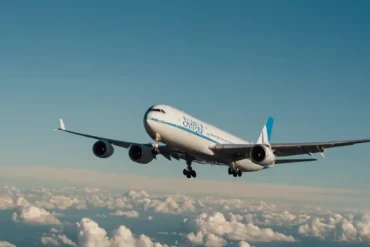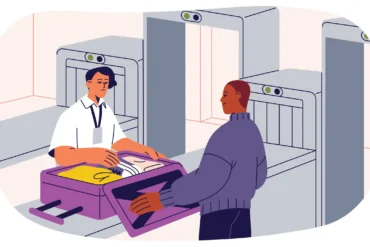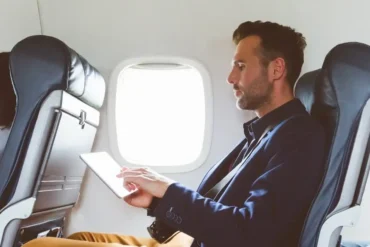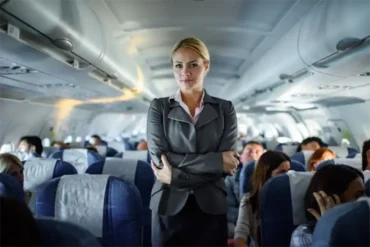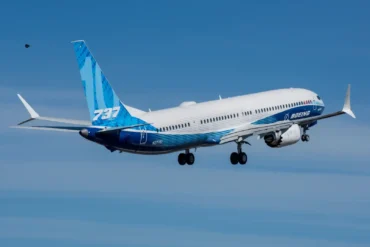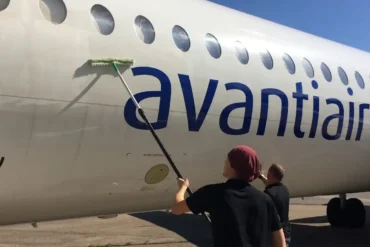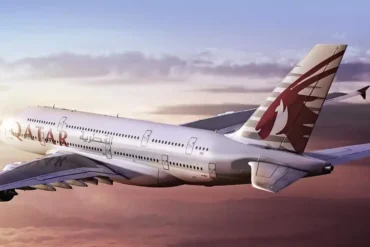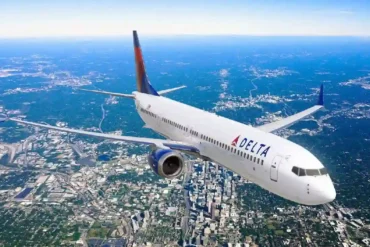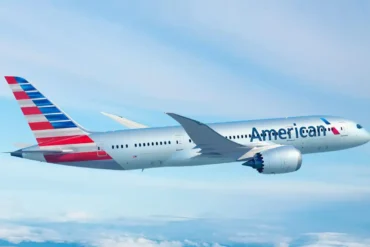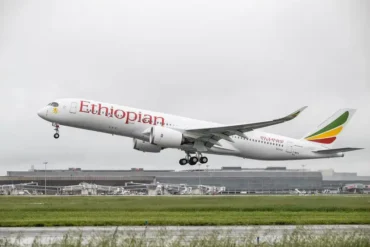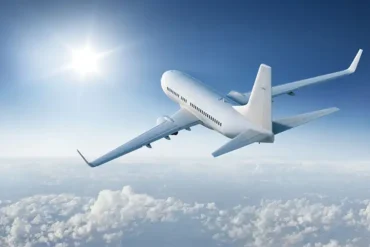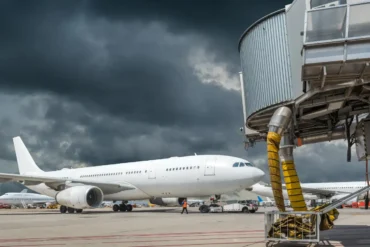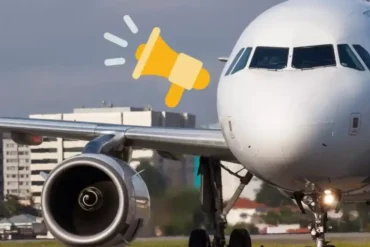Have you ever wondered how a brand new airplane rolls off the Boeing factory floor in Paine Field, Washington and makes its way to an airline on the other side of the world, like Virgin Australia in Sydney?
Let’s talk logistics.
Short Hops First
For long-range planes like the Boeing 777X business jet that can fly 21,000 km, it’s straightforward. They just take the shortest route, flying empty – no passengers, no luggage – and make that direct trip to the airline’s hub. Think Boeing 747, 777X, Airbus A380, A350 – those big birds.
Now, it gets more complicated for shorter-range planes like the Boeing 737.
Crossing the Atlantic
Imagine this: a new Boeing 737 headed for Frankfurt, Germany, taking off from Boeing’s Seattle home. It takes a strategic journey – first, flying as far as it can across North America to St. Johns, Newfoundland. Pit stop to refuel, then off to Iceland (or straight to England if it has the range), and finally, touchdown in Europe.
But there’s even more complexity to some planes’ route planning.
Pacific Puzzles
There are two ways for a plane to cross the vast Pacific Ocean. The first involves island hopping, like the United Island Hopper route through the South Pacific.
Another option takes the plane around the top of the world. Take Virgin Australia’s Boeing 737, for example. It could chart a course from Alaska to Japan, then Hong Kong, Indonesia, before finally reaching its Sydney hub. This is just one potential route, with various alternatives available.
In the past, with limited aircraft ranges and geopolitical tensions (hello, Cold War), planes would embark on odysseys through Europe to reach Asia, with Indiana Jones-style adventures.
What About Hawaii?
We almost forgot about Hawaii, located about 2,300 miles from San Francisco. Modern aircraft can make the trip, but back in the day, it required some clever maneuvers. When Hawaii upgraded from DC-9s to Boeing 717s, extra fuel tanks were ingeniously installed in the planes. Spare parts? Shipped separately.
Now, with airlines like Southwest offering Pacific routes, those kinds of modifications are history. And let’s hope the pilots making these journeys get a return ticket!
So what do you think? Is this the ideal way for airlines to receive their new aircraft? Let me know if you have any other questions!
